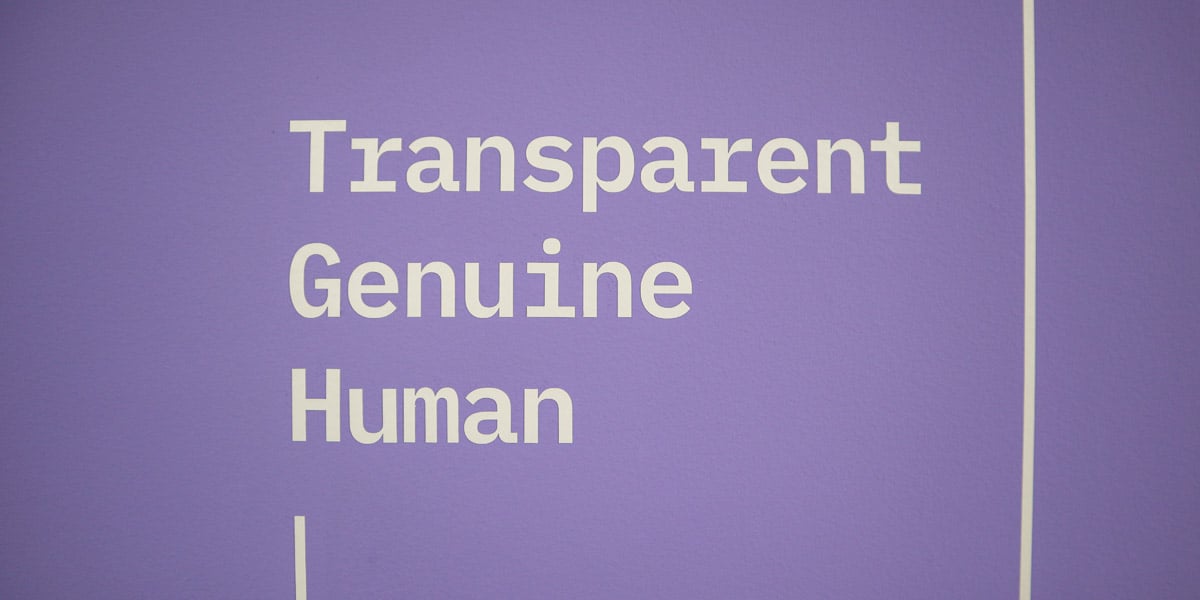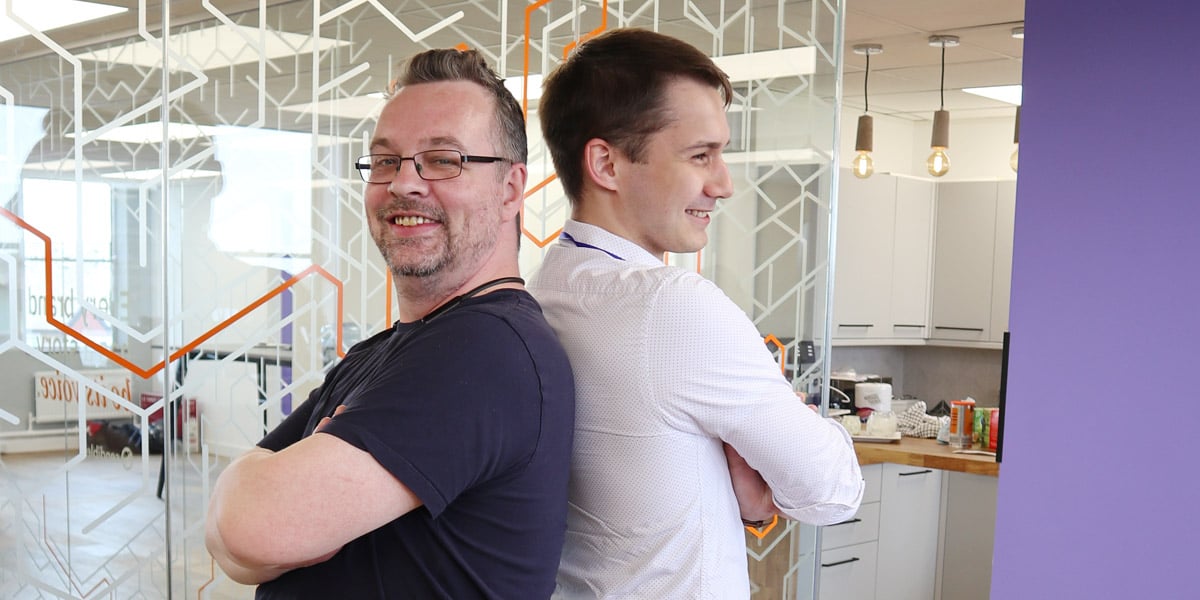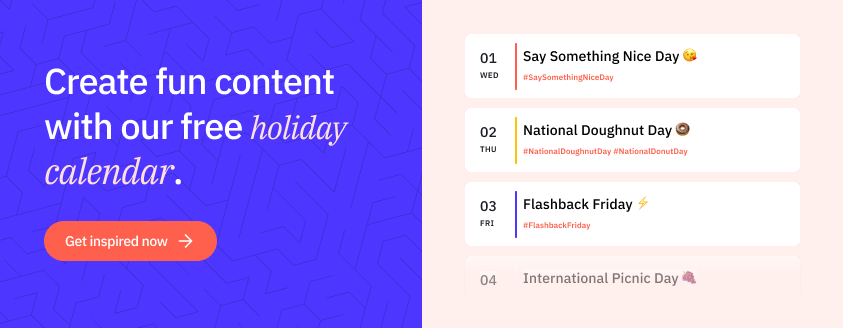Sendible insights 8 Cause Marketing Examples that Will Inspire Your Social Media Strategy
Social media can be a daunting place, no matter which channel you’re using.
Whether you’re working to promote your clients on social media or your agency itself, social media attracts a lot of negative press and criticism—which can leave marketers feeling down about our roles and contribution to the wider world.
But there’s one thing that can help: Cause marketing.
In this guide, we’ll explore the definition of cause marketing, talk about why ethical social media marketing is important, and share eight cause marketing examples you can use for inspiration:
- What is cause marketing, and how does it drive brand loyalty
- Why is it essential for your business to practice corporate social responsibility
- Eight cause marketing examples to inspire your own
What is cause marketing, and how does it drive brand loyalty?

Nowadays, consumers don't only care only about what brands offer them, but about their social responsibility. In fact, according to Markstein and Certus Insights:
- 70% of consumers want to know how the brands they support are addressing social and environmental issues.
- 46% pay close attention to these efforts when making purchase decisions.
One solution businesses are pursuing is cause marketing. But what exactly is cause-related marketing?
Cause marketing is a type of marketing or advertising that focuses on social issues. Its goal is to raise attention around the topic while increasing a business' profits.
A social issue is a problem that reduces the quality of life for people. So it's natural that consumers are interested in how their favourite brands are not only helping them solve their immediate pain points but improve their environment on a grander scale.
For example, if you're a fan of the beauty and cosmetics industry, you'll consider whether your favourite brands are taking precautions against animal cruelty.
Some other examples of corporate social responsibility include cause marketing campaigns on social issues like:
- Air quality
- Climate change
- Bullying
- Corporate accountability
- Environmental destruction
- Epidemics and pandemics
- Human rights
- LGBTQ+ rights
- Mental health
- Poverty
- War
- Working conditions
Effective cause marketing allows brands to connect with their target audience through shared values and a dedication to a worthy cause.
But, other than being a vital ingredient for creating customer loyalty, cause marketing is a method of shaping the next generation's perception.
Young people are motivated by causes.
According to Refuel’s Gen Z Explorer:
- 48% of Gen Z are progressive on racial issues,
- 47% are progressive on gender issues, and
- 45% are progressive on environmental issues.
The audience’s needs and values have changed drastically during the COVID-19 pandemic. Read our guide to learn more about it and how this change influenced the emergence of new social media trends.
Gen Z is highly socially conscious with a "big picture" mentality, and research shows that they value brands that support causes they're invested in.
But, putting the target audience and future consumers aside, cause-based marketing is a powerful way to raise awareness on important issues and the need for social change.
Why is it essential for your business to practice corporate social responsibility?

By practising the corporate social responsibility (CSR) business model, companies can be conscious of their impact on all aspects of society, including economic, social, and environmental.
To engage in CSR means that, in the ordinary course of business, a company is operating in ways that enhance society and the environment instead of contributing negatively to them. Jason Fernando, Investopedia
The brand's marketing strategy can have a big impact on whether people will buy from them or not:
- 56% of Americans will stop buying from brands that they believe are unethical.
- 91% of consumers reported they were likely to switch to a brand that supports a good cause, given similar price and quality.
- 96% of people feel their own actions, such as donating, recycling or buying ethically, can make a difference.
Fortunately, there is an easy way you can promote your dedication to making the world a better place and help critical social causes together with your audience: social media marketing.
Using social media platforms for your cause marketing efforts could help you:
- Connect with your audience
- Help a non-profit organisation
- Raise funds for a charitable cause
- Boost conversions and sales
- Increase customer loyalty
So here are some of our favourite cause marketing campaigns without further ado.
Eight cause marketing examples to inspire your own
Are you ready to add cause marketing to your social media checklist? It will help you make more sales for your client, and make sure their customers see them as an ethical brand.
(It won’t just benefit them; your agency will be credited with the outstanding results you’ll achieve, too.)
Here are some examples of creative work that can inspire you to produce innovative work for your clients on social media:
- Project Body Hair by Billie
- Slap Her by Fanpage.it
- The Best Men Can Be by Gilette
- This Girl Can by Sport England
- Real Beauty by Dove
- Rang-Tan and Palm Oil by Iceland
- #ForeverAgainstAnimalTesting by The Body Shop
- The Ice Bucket Challenge by ALS
1. Project Body Hair by Billie
Women’s razor brands have never shown body hair in their adverts.
However, women’s razor brand Billie wanted to change this and promote the idea that female body hair is normal. So, they created this video to promote their cause marketing campaign:
You’ll see that the video itself has over 1.2 million views. Plus, the hashtag that Billie created to go alongside their campaign, #ProjectBodyHair, has more than 700 uploads on Instagram.
As a result of the campaign, they got links from Glamour and Allure—both of which are websites read by their ideal customer, and authorities in their niche. This undoubtedly had a knock-on effect on their SEO strategy.
Dduring the company's first 11 months, they gained 65,000 followers purely via social sharing. Jake Hay, PopShorts
That boost in brand awareness was sure to work wonders on their bottom line.
2. Slap Her by Fanpage.it
Domestic violence and abuse is serious topic. Not many brands want to comment on it because it’s so sensitive. However, a Facebook video created by Fanpage.it went viral - even though it centred around abuse.
The creators asked young children to slap their friends, and shared their reactions in a video:
It went viral back in 2015 and has amassed almost 50 million views since it was originally published. As a result, this project went much further than being a “viral video.” It changed people’s perceptions of domestic violence—a fantastic achievement.
3. The Best Men Can Be by Gilette
Gilette’s old slogan was “the best a man can get”. Old fashioned, right?
They decided to change their slogan to “the best men can be” showing support for the #MeToo movement, which aims to combat sexual assault and harassment and prevent this sort of behaviour from happening in the future.
Their short film created to launch the new slogan went viral, and their Facebook version amassed over 11 million views in just eight months. Plus, their announcement tweet achieved 204 thousand retweets and 31.2 million views.
"Boys will be boys"? Isn't it time we stopped excusing bad behavior? Re-think and take action by joining us at https://t.co/giHuGDEvlT. #TheBestMenCanBe pic.twitter.com/hhBL1XjFVo
— Gillette (@Gillette) January 14, 2019
Summarising, marketing expert Jitesh Keswani says:
“I remember looking at the commercial and getting teary-eyed. That’s when I realised that it’s not enough for brands to have amazing products, they need to learn how to sell them, with a campaign that inspires.”
4. This Girl Can by Sport England
Did you know that women are less likely to do physical exercise than men? Not only that, but one survey found that “outdated stereotypes and social norms are prohibiting positive change.”
After reading that, you’ll see why we need to stop thinking sports are for men.
That’s the reason why Sport England published this YouTube video. It shows women playing sport (and being good at it, too!):
Since uploading, Sport England says it has inspired 2.8 million women to take up some form of sport. Not a bad achievement for a short viral cause marketing campaign.
5. Real Beauty by Dove
If you search for cause marketing campaign examples, there’s a strong chance that Dove’s campaign will be featured in the list… Rightly so.
Although this campaign is old, it’s one that we remember because of how powerful and unique it was at the time.
Dove published a video that showed how long it takes for women to get ready. The goal? To help spread awareness of the fact that our perception of “beauty” is distorted, and help women with their self-esteem:
The interesting part? Dove didn’t mention their products at all!
Though it didn't even mention a Dove product, it does create a positive association with the brand and the messages they're trying to bring across. Ciara Hautau, Fueled
Yet after the launch of Dove’s RealBeauty campaign, sales for the brand jumped from $2.5 to $4 billion in the campaign’s first ten years.
6. Rang-Tan and Palm Oil by Iceland
Another memorable cause marketing campaign came from supermarket Iceland last year.
Iceland’s Christmas advertisement focused on palm oil; an ingredient used in lots of supermarket products and foods but is causing orangutans to become endangered.
Iceland released the short video online. However, it ended up being banned from TV because “it was in breach of rules banning political advertising.”
Despite that, the Rang-Tan campaign was so popular that a petition started, calling for it to be shown on TV. Plus, thousands of people used #NoPalmOilChristmas, which helped raise awareness about their campaign.
@IcelandFoods you'll be glad to hear your advert has had an effect on one little boy Elliott, aged 9 #NoPalmOilChristmas pic.twitter.com/HZaJzeoIVH
— nic marsh (@nicm61) December 13, 2018
According to CampaignLive, the launch week of this campaign boosted Iceland in the supermarket sector from 5.9 points 21.6. (The highest of any retailer on the YouGov BrandIndex.)
And, those extra votes resulted in extra sales. Since the Rang-tan cause marketing campaign launched, year-on-year sales of Iceland’s palm oil free mince pies have risen by 11%.
7. #ForeverAgainstAnimalTesting by The Body Shop
The Body Shop has always been against animal testing. It’s engraved in the brand’s core values, and they've carved a reputation for being a socially conscious brand because of it.
They took this form of cause marketing a step further on social media by creating the hashtag #ForeverAgainstAnimalTesting. The Body Shop then asked celebrities and influencers like Maisie Williams and Ariel Winter to spread the word.
Show me ya bunny ears to show you are #ForeverAgainstAnimalTesting! 🐰 Sign this https://t.co/YUvdZ7kIt9 @thebodyshop @CrueltyFreeIntl #ad pic.twitter.com/lMi4u31qaP
— Maisie Williams (@Maisie_Williams) June 1, 2017
The result? They managed to get 8 million signatures on their petition to ban animal testing at the United Nations.
8. The Ice Bucket Challenge by ALS
In 2012, there was a social media challenge that almost everyone took part in (or was nominated!): The Ice Bucket Challenge.
People had to pour a bucket of ice-cold water over their heads and nominate their friends to do the same. The goal? To raise awareness of ALS—a neurodegenerative disease that affects nerve cells in the brain.
It was the equivalent of playing *tag* on social media, while simultaneously bringing awareness to ALS. It was fun watching friends, and daring to try it yourself when tagged. Jeff Neal, The Critter Depot
Millions of people joined the viral social media challenge—including celebrities like Mark Zuckerberg, Tom Cruise, and Robert Downey Jr.
Hemsworth! D'Onofrios! U have 24hrs to comply!! #ALSicebucketchallengehttps://t.co/mGbcnFGP3O
— Robert Downey Jr (@RobertDowneyJr) August 16, 2014
But it wasn’t just celebrity endorsements and participation that helped raise awareness. As a result of the Ice Bucket Challenge sweeping across every social media platform, the ALS charity was able to fund a potentially life-changing breakthrough in treatment for sufferers.
All from a viral social media challenge.
Final thoughts on cause marketing
As you can see, there’s more to marketing than just promoting your product, or jumping onto a trend. Getting involved with a social cause can produce real results from social media, and help prove to customers that you’re an authentic brand that can be trusted.
Use these cause marketing examples to start planning your own campaign.
You never know, you could be the next viral social campaign we add to this list!
And remember - it’s never too early to start planning your social media campaigns! So check out our free and fully interactive holiday calendar that includes fun events you can use as inspiration for your cause-related marketing campaigns.
Text copied!



